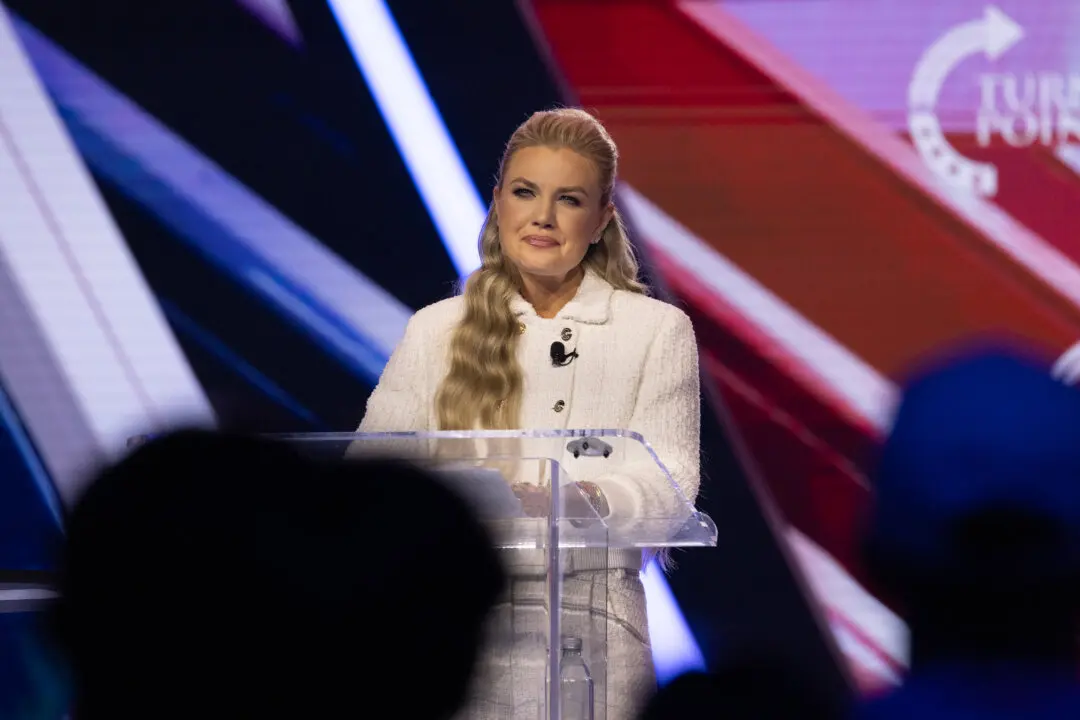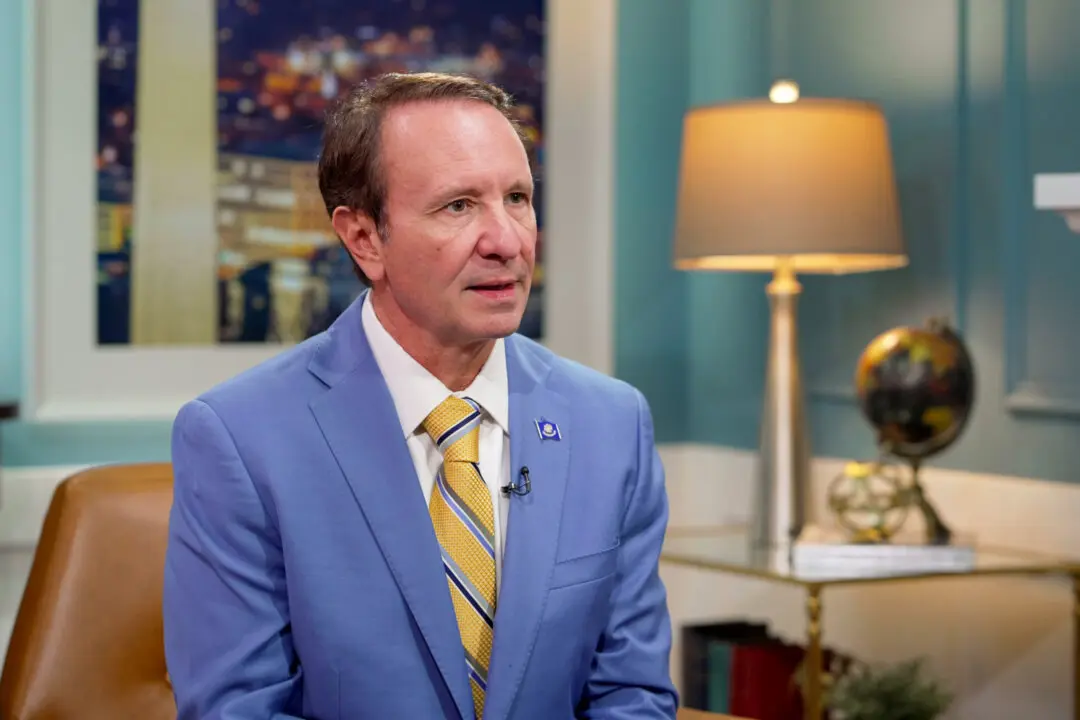Claiming a tax credit for your electric vehicle may soon get more complicated.
The Treasury Department and the Internal Revenue Service (IRS) issued the proposed guidance on March 31. It’s a result of provisions in last year’s Schumer-Manchin bill, which some call the “Inflation Reduction Act” (IRA).





